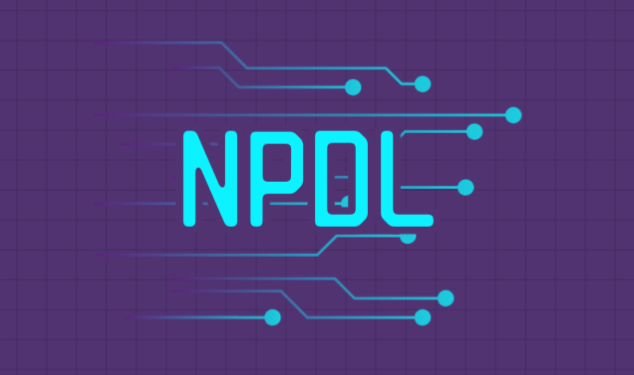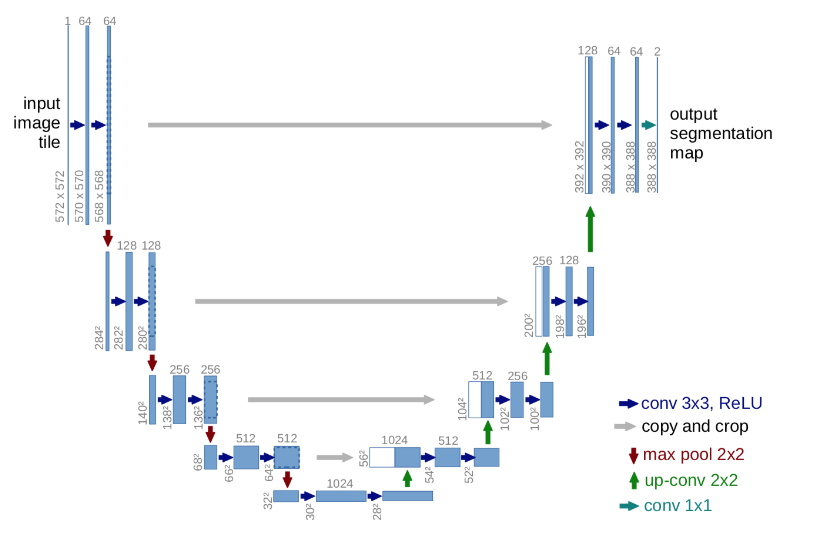My Projects
These are some of my favorite projects that I have worked on (currently or in the past).
NumPy Deep Learning Library

NumPy Deep Learning Library (NPDL) is a deep learning framework that I wrote purely using Python and NumPy. I made this library as an exercise in deep learning theory as well as practice with Python and NumPy.
I wanted to make a framework that was simple to use and understand like Keras while also having the flexibility of writing training loops, custom loss functions, etc. that PyTorch offers. NPDL is also fast for a Python based framework since I implemented optimizations like vectorization for linear layers and Im2Col for convolutional layers, which speeds up training times significantly.
NPDL is still in the works as there are still many more functionalities that I plan on adding. Some of which are adding recurrent layers, dataset tools and even more loss and optimizer functions.
Automated Lung Segmentation

Lung segmentation involves identifying regions of interest (mainly the lung parenchyma) of a scan. This can often be a tedious and expensive approach as modern day data sets can contain hundreds of thousands of scans.
Accordingly, I built and compared several different algorithms using deep learning methods to autonomously segment important regions of lung CT scans. While the UNET architecture that I modified to work with DICOM images seemed to work really well (over 99% accuracy with ground truth masks), I am still investigating novel methods for segmentation including generative adversarial networks (GANs).
COVID-19 Classification with Transfer Learning

A big issue in the radiology community with COVID-19 was identifying COVID positive vs negative scans. While there are some iconic characteristics of COVID-19 CT scans such as ground-glass opacities, other diseases such as pneumonia also display similar visuals.
Therefore, I explored the use of deep learning classifiers for this task. However, the difficulty with this task was the lack of data: I only had access to around 700 CT scans. Accordingly, I used transfer learning with state of the art models such as VGG and ResNet. I used the convolutional layers from these models and fine tuned them with trainable linear layers. Overall, I was able to train my adapted models to over 90% accuracy with minimal false negative errors.